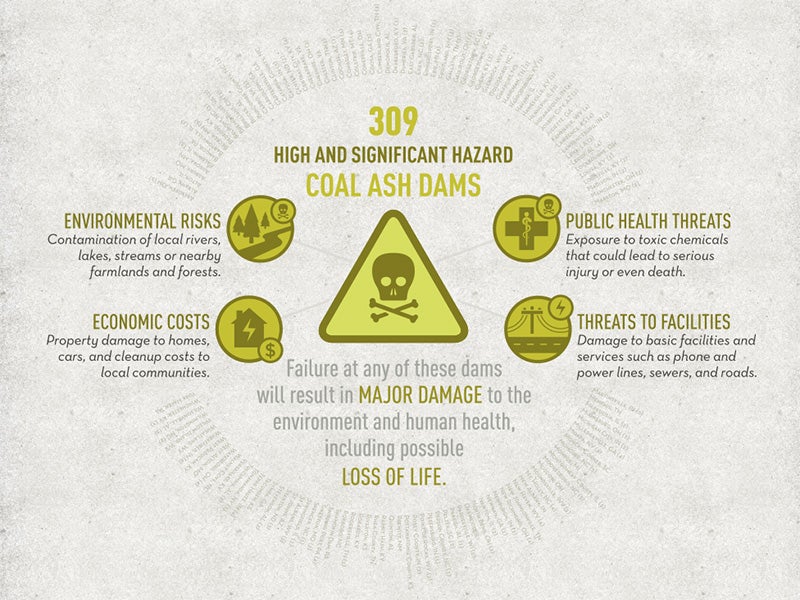
Ash, the powdery residue left behind after something burns, might seem harmless. However, it’s crucial to understand that can you eat ash is a question best answered with a resounding “no.” While ash plays a role in various industrial processes and even gardening, its composition makes it entirely unsuitable for human consumption. This article delves into the potential dangers and health risks associated with ingesting ash, emphasizing the importance of avoiding this practice.
This comprehensive guide will explore the reasons why consuming ash is harmful, outlining the specific health risks involved. We’ll discuss the gastrointestinal distress that can result from ash ingestion and provide practical tips on how to avoid accidental consumption. Finally, we’ll emphasize the importance of safety precautions when handling ash in any capacity.
Dangers of Ash Consumption
Ash primarily consists of inorganic materials like minerals, metals, and glass fragments, remnants of whatever was burned. These components are not digestible by the human body and can cause a range of adverse effects. The burning process itself can also introduce harmful substances into the ash, depending on what is being incinerated.
For instance, if wood treated with chemicals is burned, the resulting ash may contain toxic residues that pose significant health risks. Similarly, burning plastics or other synthetic materials releases hazardous pollutants into the ash, making it even more dangerous to ingest. It’s essential to remember that ash is not a natural food source and should never be considered as such.
Health Risks of Ingesting Ash
Ingesting ash can lead to various health complications due to its composition and potential contamination. Some of the most concerning risks include:
Gastrointestinal Issues:
Ash can irritate the lining of the digestive tract, causing nausea, vomiting, diarrhea, and abdominal pain. The sharp edges of glass fragments or metal particles in the ash can further damage the delicate tissues, leading to internal bleeding or ulcers.
Respiratory Problems: Inhaling ash particles can irritate the lungs and airways, triggering coughing, wheezing, shortness of breath, and even asthma attacks. Prolonged exposure to ash can lead to chronic respiratory conditions like bronchitis or emphysema.
Heavy Metal Poisoning: Ash often contains heavy metals such as lead, mercury, and arsenic, which are highly toxic to the human body. Ingesting these metals can accumulate in the organs over time, causing severe damage to the nervous system, kidneys, liver, and other vital systems.
Gastrointestinal Distress from Ash
The gastrointestinal tract is particularly vulnerable to the harmful effects of ash ingestion. The sharp edges of glass fragments or metal particles present in ash can cause abrasions and tears in the lining of the esophagus, stomach, and intestines. This damage can lead to inflammation, bleeding, and ulcers, causing intense pain, nausea, vomiting, and diarrhea.
The indigestible nature of ash further exacerbates gastrointestinal distress. It cannot be broken down by the body’s digestive enzymes, leading to a buildup in the intestines that can cause constipation, bloating, and discomfort. In severe cases, ash ingestion can lead to intestinal blockages, requiring medical intervention.
Avoiding Ash Consumption
Accidental ash ingestion is more common than one might think, especially in households with fireplaces or wood-burning stoves. Children are particularly susceptible due to their curiosity and tendency to put things in their mouths.
Here are some practical tips to minimize the risk of ash consumption:
- Store ash safely: Keep ash containers tightly sealed and out of reach of children and pets.
- Clean up spills immediately: If ash spills, clean it thoroughly with a damp cloth or vacuum cleaner equipped with a HEPA filter.
- Supervise children closely: Never leave young children unsupervised near fireplaces, wood-burning stoves, or areas where ash is present.
- Educate family members: Make sure everyone in your household understands the dangers of ash consumption and the importance of avoiding it.
Safety Precautions
When handling ash, always prioritize safety:
- Wear protective gear: Use gloves, a mask, and eye protection to prevent skin contact, inhalation, or eye irritation.
- Work in a well-ventilated area: Ensure adequate airflow when handling ash to minimize the risk of inhaling dust particles.
- Dispose of ash properly: Follow local regulations for disposing of ash. Never pour it down drains or into waterways.
Conclusion
Can you eat ash? The answer is a definitive no. Ash, regardless of its source, is not digestible and poses significant health risks when ingested. From gastrointestinal distress to heavy metal poisoning, the potential consequences are severe. By understanding the dangers of ash consumption and implementing safety precautions, we can protect ourselves and our loved ones from this silent threat. Remember, prevention is always better than cure.
